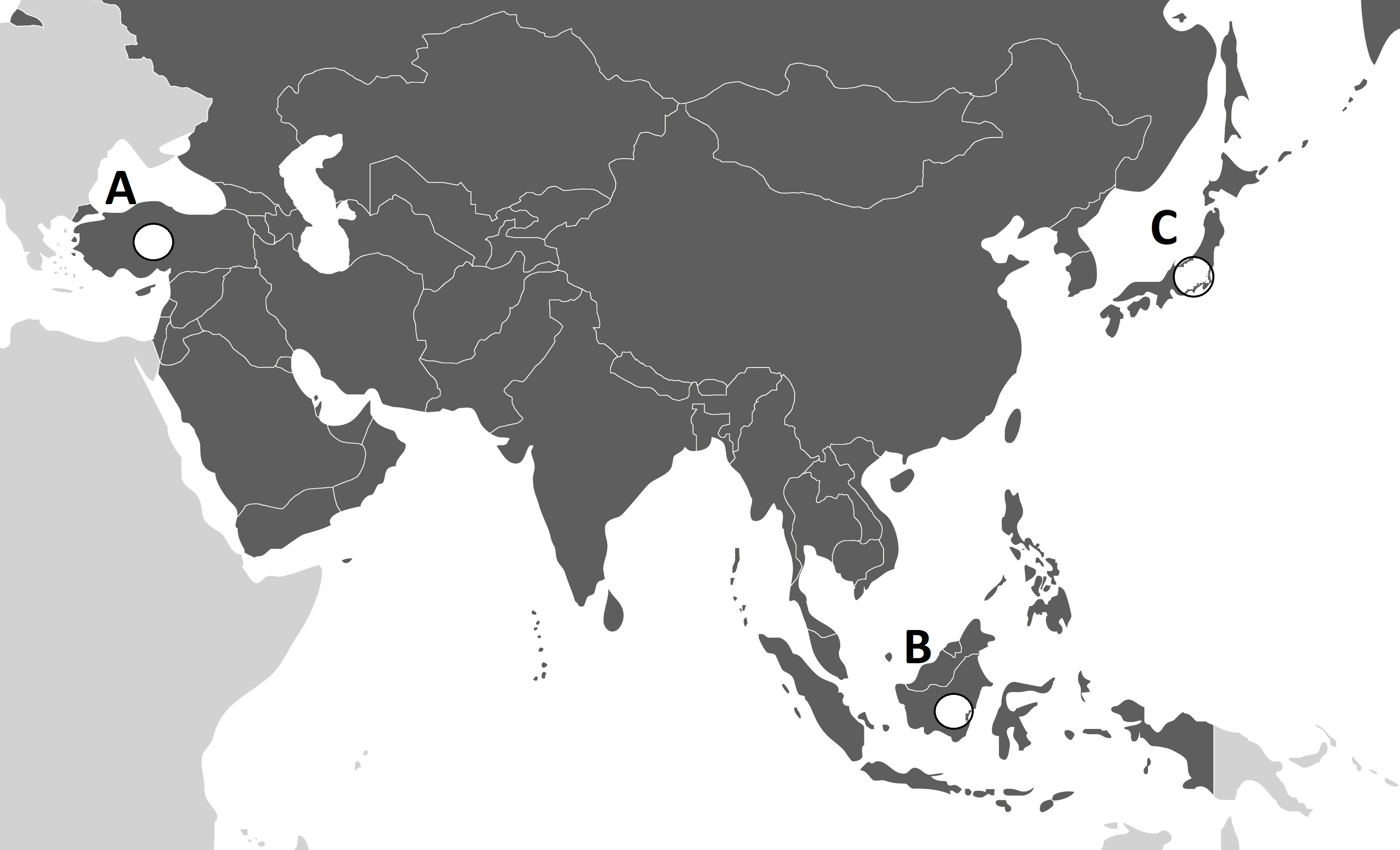
Today’s GOALS
Let’s have a look at the goals for today.
“Life Below Water” is the topic of this unit.
“Life Below Water” is the topic of this unit.
今日のテーマは「海の豊かさを守ろう」です。
Today’s Goals
■ 海や水産資源にかかわる単語・表現を学ぶ
Learn the vocabulary and expressions related to the ocean and marine resources
■ 海洋・水産資源問題を抱える世界の国について知る
Get to know and share your thoughts on the countries facing ocean and marine resource issues
■ passageを読んで海洋問題・水産資源についての知識を深める
Deepen your knowledge of ocean issues and marine resources by reading passages
Part A Self-Introduction
自己紹介をする

Part A_1 Self-Introduction
Let’s introduce ourselves to each other.
自己紹介をしましょう。
My name is ________. What is your name?
Part A_2 Self-Introduction
I am ________. Nice to meet you.


Part A_3 Self-Introduction
Nice to meet you too, ________.
Let’s get started.
Let’s get started.
Part B Review
前回のレッスンの復習
Review of the previous lesson

Part B_1 Review
Please read aloud the passage below.
文章を読んでください。講師がチェックします。
Part B_2 Review
The Impacts of Climate Change
Human activities have been the primary cause of climate change since the 1800s, due to the burning of fossil fuels such as coal, oil, and gas. Climate change is now causing severe droughts, water scarcity, devastating fires, rising sea levels, flooding, melting polar ice, catastrophic storms, and declining biodiversity.


Part B_3 Review
I will ask the following questions. Please answer based on the passage.
講師が質問するので答えてみましょう。

Part B_4 Review
| 1. | Based on the passage, what are the effects of climate change? |
Part B_5 Review
| The effects of climate change are _______________. |


Part B_6 Review
| 2. | Did you do your research on the sub-textbook? Did you find the activity for issues related to climate action? Please tell me what you feel about it. |
Part B_7 Review


Part B_8 Review
Now, let’s review your answers.
復習してみましょう。
Part B_9 Review


Part B_10 Review
So far, we reviewed the previous lesson topic, “Climate Action”. Do you have any questions?
In the next part, we are going to learn about “Life Below Water”.
In the next part, we are going to learn about “Life Below Water”.
ここまでは前回の復習です。
次のパートからは、「海の豊かさを守ろう」について学習を進めましょう。
次のパートからは、「海の豊かさを守ろう」について学習を進めましょう。
Part C Description
描写問題 他国を知る
Get to know other countries’ situations

Part C_1 Description
Find out where Indonesia is located.
インドネシアの場所について確認しましょう。
| 1. | Where is Indonesia? A, B or C? |
Part C_2 Description
| The answer is _________. |


Part C_3 Description
Please look at and study the pictures below. These are pictures from Japan and Indonesia. I will ask you a question.
(Give the student at least 20 seconds to study both pictures.)
下記は、日本とインドネシアの写真です。写真について質問をします。

Part C_4 Description
| 2. | What can you see in the pictures? Please describe as many as you can from each picture. |
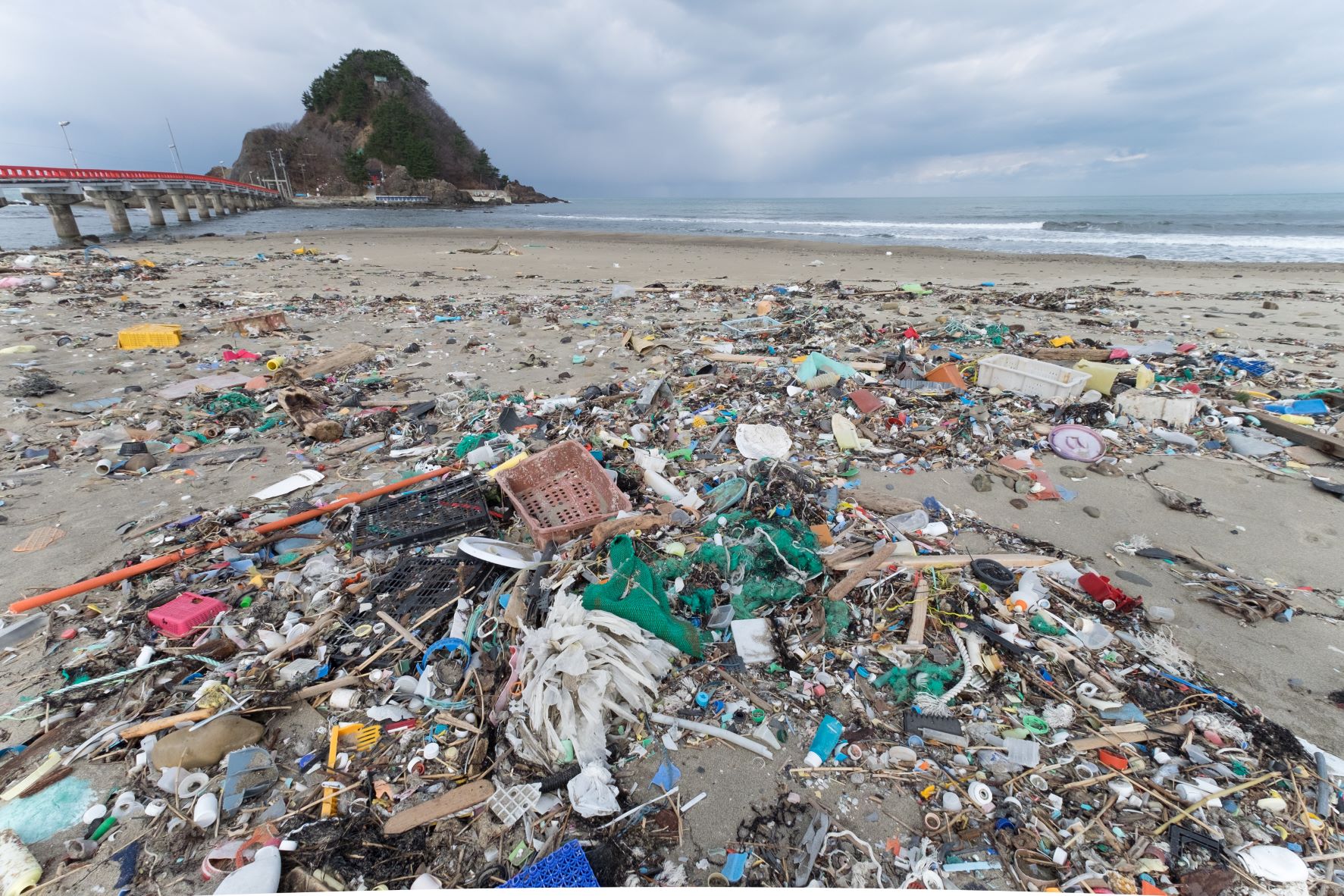 |
 |
Part C_5 Description
| Answer: |


Part C_6 Description
Now, let’s review your answers.
復習してみましょう。
Part C_7 Description


Part C_8 Description
Did you get any images of impact on ocean ecosystem and marine plastic pollution? If you have anything you don’t know well, please keep researching after the lesson.
Part D Vocabulary
英単語の意味と発音を確認する
Learn the vocabulary and phrases related to the topic

Part D_1 Vocabulary
We’ll read aloud the words and sample sentences below. Please repeat after me. I will check your pronunciation.
講師の真似をして単語を発音しましょう。
Part D_2 Vocabulary
 |
purchase 購入する
The couple is considering purchasing a home.
|
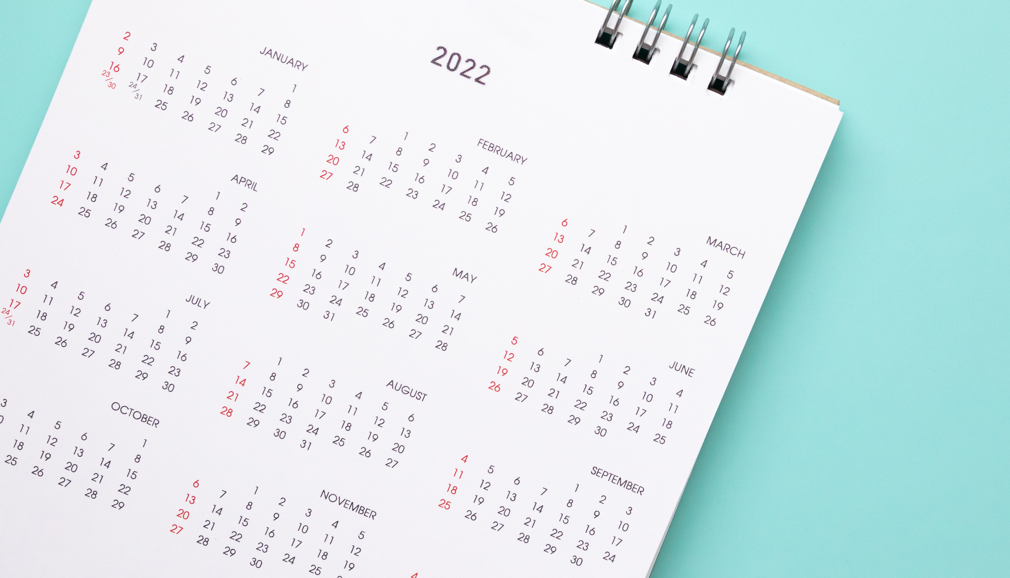 |
annually 毎年
Staff performance is evaluated annually.
|
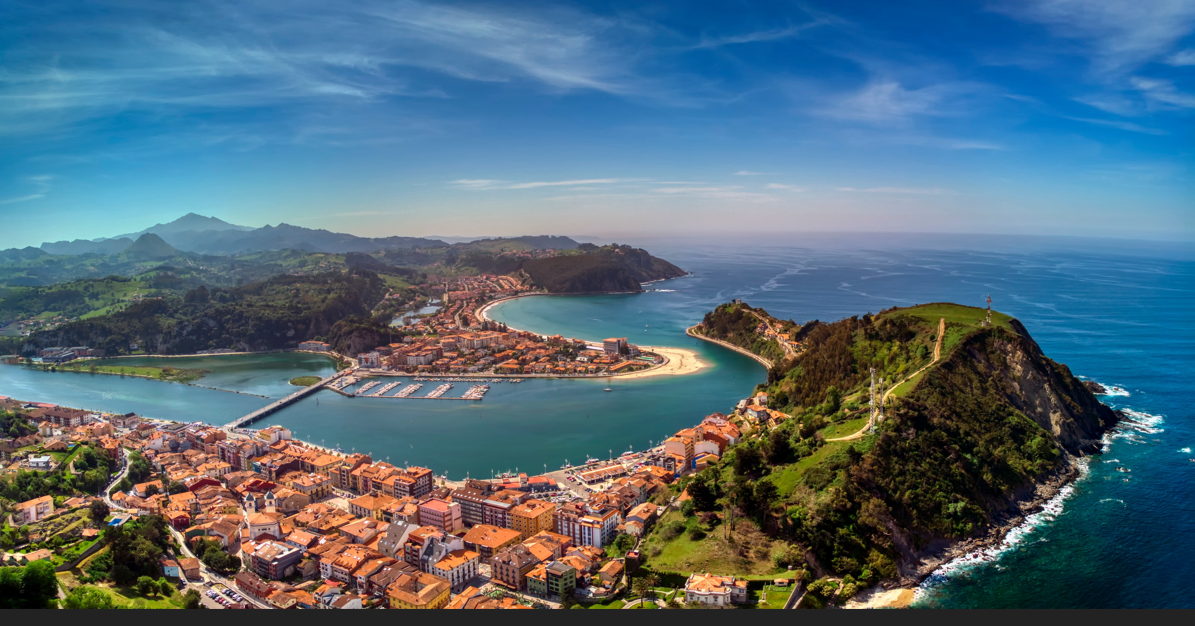 |
coastal 沿岸の
The coastal path is a popular walking route.
|
 |
ecosystem 生態系
Pollution has the potential to destroy the ecosystem.
|


Part D_3 Vocabulary
Now, let’s review some words from part D_2.
(Please review the mispronounced words and expressions from part D_2.)
復習しましょう。
Part D_4 Vocabulary


Part D_5 Vocabulary
Please look at the pictures below. Now, fill in the blanks with the words you learned and read aloud the complete sentences.
(Please give the student time to answer.)
それでは、下記のそれぞれの文章の空欄に先ほど学んだ単語のいずれかを埋めて、文章を完成させましょう。
Part D_6 Vocabulary
| 1. | He _______________ a new suit for a hundred dollars. |
| 2. | A report of the company’s earnings is published _______________. |
| 3. | The _______________ sands are home to these birds. |
| 4. | Living things, such as plants and animals, coexist with nonliving objects, such as rocks, soil, sunlight, and water, in an _______________. |


Part D_7 Vocabulary
Now, let’s review your answers.
復習してみましょう。
Part D_8 Vocabulary


Part D_9 Vocabulary
Do you have any questions about the meaning of words?
Then, let’s move on to the next part.
Then, let’s move on to the next part.
Part E Reading
リーディング問題 passageを読んで知識を深める
Learn the facts about the topic and the countries that are related to it

Part E_1 Reading
Please read aloud the first passage below.
文章を読んでください。
Part E_2 Reading
The Roles of the Ocean
There are many species of life in the ocean. Since life in the ocean is always food for something else, the food webs are complex and kept in a fine balance. Humans are also included in this food web. Which means, human activities such as overfishing or polluting water cause something bad for humans in the end.
Moreover, the ocean helps reduce carbon dioxide. It absorbs about 30% of the carbon dioxide that humans produce. However, because the amount of carbon dioxide, or greenhouse gas, is so large, it causes water to warm up. Because of human activities, the ocean has been damaged, and this has led to the loss of ocean ecosystems.


Part E_3 Reading
I will ask the following questions. Please answer based on the passage. I will check if your answers are appropriate.
講師が質問するので答えてみましょう。

Part E_4 Reading
| 1. | What will happen if the life in the ocean is damaged? |
Part E_5 Reading
| Answer: |


Part E_6 Reading
| 2. | What percentage of carbon dioxide does the ocean absorb? |
Part E_7 Reading
| Answer: |


Part E_8 Reading
Please read aloud the second passage below.
文章を読んでください。
Part E_9 Reading
Marine Plastic Pollution
Every minute, one million plastic drinking bottles are purchased, and up to 5 trillion single-use plastic bags are used annually.
Plastic pollution endangers the health of marine species, food safety, human health, and coastal tourism, and it contributes to climate change. Seabirds, whales, fish, and turtles mistake plastic waste for prey, and they die of starvation as their stomachs fill with plastic.
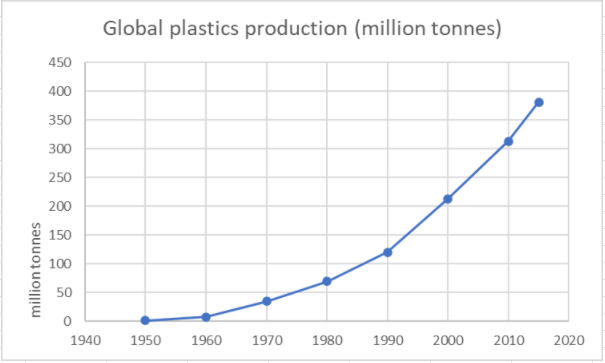


Part E_10 Reading
I will ask the following questions. Please answer based on the passage. I will check if your answers are appropriate.
講師が質問するので答えてみましょう。

Part E_11 Reading
| 1. | What does plastic pollution endanger? |
Part E_12 Reading
| Answer: |


Part E_13 Reading
| 2. | What kinds of lives eat plastic by mistake? |
Part E_14 Reading
| Answer: |


Part E_15 Reading
Now, let’s review your answers.
復習してみましょう。
Part E_16 Reading


Part E_17 Reading
Did you understand the situation and facts about the impact on ocean ecosystem and marine plastic pollution? If you have any questions, please ask me.
Part F Opinion
オピニオン 問題を身近に考える
Think about the topic as your own

Part F_1 Opinion
Please answer the questions below. You can share your opinions.
(It’s okay if the student’s answers are not complete sentences. To share his/her opinions is the goal for this part.)
講師が質問をするのであなたの意見を答えましょう。

Part F_2 Opinion
| 1. | Choose one marine life which you think is the most important and tell me the reason as well. (whales, penguins, corals, planktons, etc.). |
Part F_3 Opinion
| Answer: |


Part F_4 Opinion
| 2. | When do you use things made out of plastic? Can you reduce the amount? |
Part F_5 Opinion
| Answer: |


Part F_6 Opinion
Now, let’s review your answers.
復習してみましょう。
Part F_7 Opinion


Part F_8 Opinion
Thank you for sharing your opinions. Let us continue to learn and think about issues related to life below water, and then take action to solve them.
